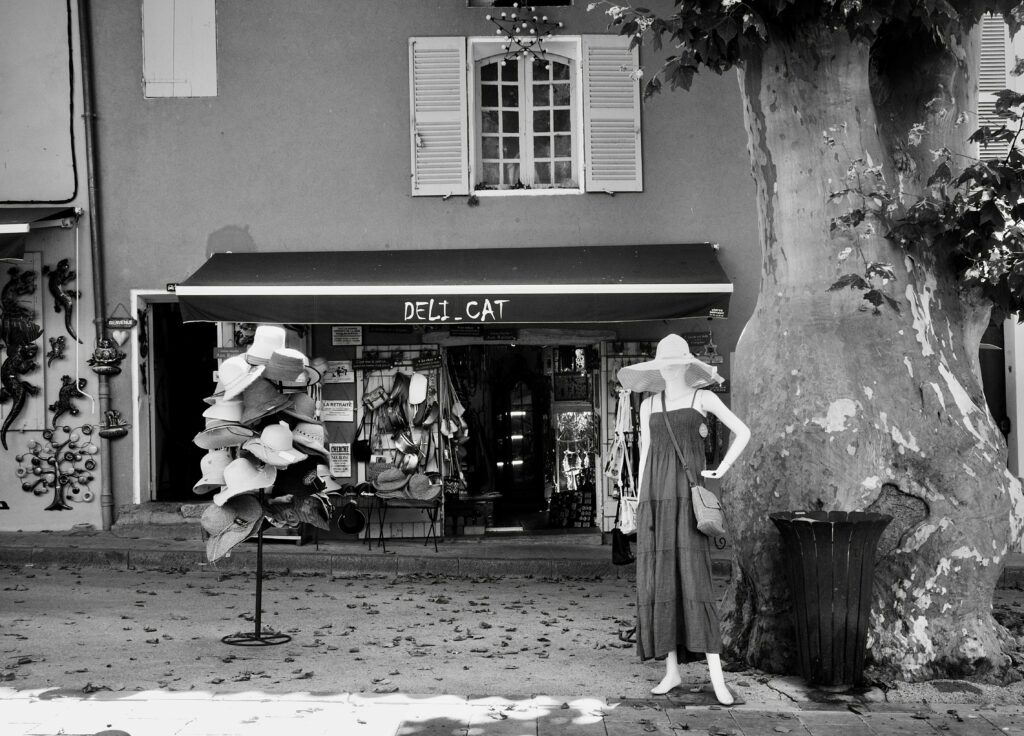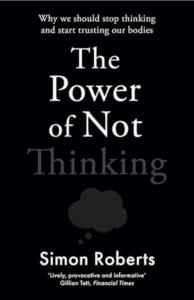Horsepower

Interesting artwork outside a gallery in the Var.
I liked the detail of the animal’s ‘head’.

Quote of the Day
“So long as men worship Caesars and Napoleons, Caesars and Napoleons will duly arise and make them miserable”
- Aldous Huxley (in Ends and Means, 1937)
Musical alternative to the morning’s radio news
Big Bill Broonzy | Summertime Blues
Seems appropriate when posted from a place where it’s 35 degrees today!
Long Read of the Day
The fight for Europe’s future – ‘
Really sobering assessment by Timothy Garton Ash.
Europe is in the early years of a new era. The continent is now witnessing a great struggle between two Europes: liberal and anti-liberal, internationalist and nationalist, the Europe of integration and that of disintegration. Who wins will be decided by the strength and skill of domestic political forces, but also by external developments over which Europeans have little or no control.
This still nameless new period of European history began on February 24 2022, with Vladimir Putin’s full-scale invasion of Ukraine. Beginnings in history, as in romance, are crucial. In the first seven years after 1945, the US-led west created most of the key international institutions we have to this day, including the UN and Nato. The European Coal and Steel Community, founded in 1952, set the course for what eventually became the European Community. In the first seven years after 1989, Europe and the US effectively decided to extend the existing Euro-Atlantic order, including Nato and a European Community that was deepened to become today’s European Union, to much of the eastern half of the continent.
The two overlapping periods in which this order was created and extended, but then eroded — the postwar (ie after 1945) and the post-Wall (ie after the fall of the Berlin Wall on November 9 1989) — came to a simultaneous crashing end with the start of the full-scale Russo-Ukrainian war in 2022. The institutions still exist, but the context is transformed. Now we’re in this new era’s Year Four — the counterpart, if you will, of 1949 for the postwar and 1993 for the post-Wall.
The word Zeitenwende, catapulted into the English language by the then German chancellor Olaf Scholz in a speech to the Bundestag on February 27 2022, is sometimes translated as “turning point”. But the whole point is that it’s not a point. The change from one era to another may be kick-started by a dramatic event on a single day, but it takes years for the character of the new era to be shaped and recognised — and even longer for it to acquire a lasting name. You want to know what really became of the Zeitenwende? Come back in 2029…
It’s long, informed and wise. Brew coffee, read and ponder.
So many books, so little time

I’m reading this extraordinary book by Phillip Steadman, and am blown away by it. Phil is an architect and back in the day he and I were colleagues in the Technology Faculty of the Open University. He went on to the Bartlett School at UCL and eventually I went back to Cambridge but we’ve kept in touch. I first realised that in addition to being an architect he was a perceptive art critic when he published Vermeer’s Camera in 2001. In that book in he made a persuasive case that the great Dutch realist painter had used a camera obscura to assist him in his work.
This was, I think, a controversial proposition in some art-history circles at the time, but what made Phil’s book special was the way he used geometrical analysis to show that a particular Vermeer painting (Lady Seated at a Virginal) had been painted from several viewpoints, which suggested that the artist had used a booth-type camera obscura when creating it. This idea was later taken up by an American film-maker who made a documentary film — Tim’s Vermeer — about the process Vermeer might have used in creating that particular work. If you’re interested, Philip gave a fascinating lecture about the research that went into the book.
Now he’s done much the same thing for Canaletto, the artist whose paintings of Venice shaped the way we have imagined the city. The book charts the analysis of how Canaletto worked, and Philip and an Italian colleague built a mobile camera obscura to reproduce many of the scenes that figure in the artist’s work. It’s a striking example of how to be scrupulously scholarly while also being readable and accessible.
My commonplace booklet
In last Friday’s edition I quoted Tyler Cowen’s puzzlement on visiting Paris at the number of young women there who sported publicly visible tattoos. Turns out that it’s not just in Paris. We’re much further south and it seems to be a trend here too. Something’s up.
This Blog is also available as an email three days a week. If you think that might suit you better, why not subscribe? One email on Mondays, Wednesdays and Fridays delivered to your inbox at 5am UK time. It’s free, and you can always unsubscribe if you conclude your inbox is full enough already!












